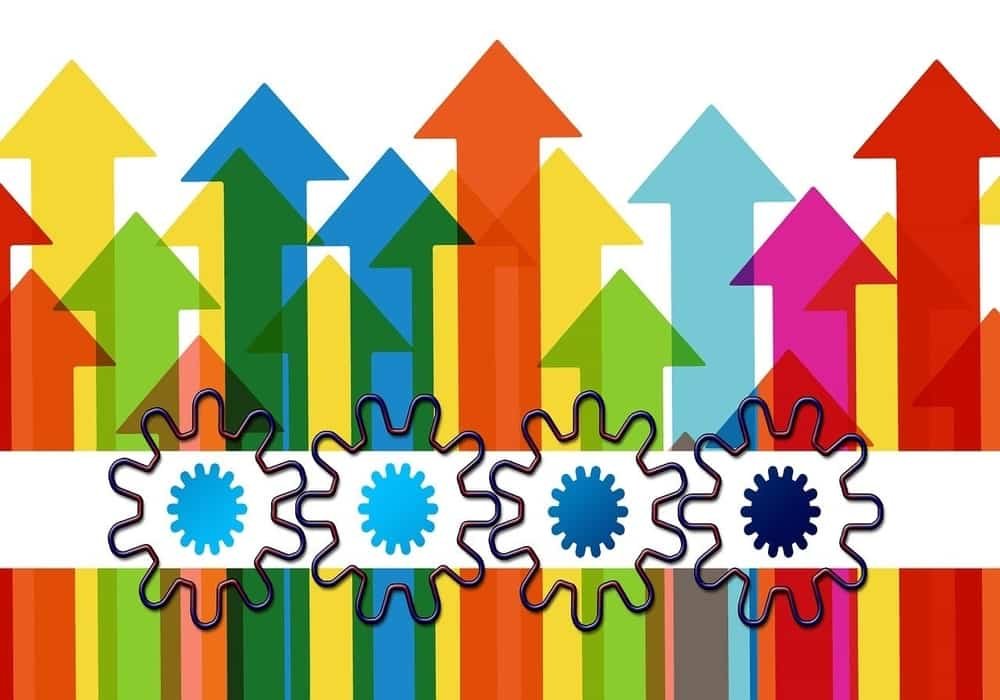Yield Management
What is Yield Management? Yield Management is a dynamic pricing strategy to generate maximum income from limited stock (eg: hotel rooms or airplane seats). It is commonly used by businesses in the hotel, vacation rental, airline industries. Yield Management is also called Revenue Management.
Yield management is a strategy based on selling to the right customer, at the right time, for the right price
Formula Yield Management
Yield Management = Revenue Achieved / Maximum Potential Revenue
Why is it important to use it?
If you use this system, it possible to increase turnover by perfectly adapting supply to demand. It is particularly important and useful in the hotel and restaurant industry because it reduces the likelihood of lost income and helps manage sources of income, even when demand varies.
How to succeed in your Yield Management?
Forecast is important and you must know in real time: availability, changes in demand, and adapt the price according to the historical statistics of previous years and the current calendar of events.
How to calculate Yield Management, or performance management?
A simple formula to calculate the yield is: Realized income / Maximum potential income. The basic formula for calculating them is to calculate the amount of revenue you have let slip through in sales.
What are the 2 mechanisms of Yield Management?
It distinguishes between ascending yield management where prices only increase over time and dynamic pricing strategy; where prices adjust in real time to demand.
Never make your clients feels like bullied concerning your price. Your prices must not be misleading or unfair.
Read also: Profitability Ratio | Accounting – Formulas, Examples, Questions, Answers
What are the risks and drawbacks of Yield?
Customers can be frustrated with price volatility and feel they have paid the wrong rate. A good example is train tickets, where the pricing is very difficult to read.
What are the advantages using this dynamic pricing strategy for clients?
By doing it in advance or at least at the right time, customers can benefit from very advantageous prices. Either by booking at the last minute or in advance, depending on the type of price calculation: ascending or dynamic.
Questions
For example a hotel with 50 rooms, with a rack rate of $350 each. That means that your total potential revenue is $17,500 ($350 rate multiplied by 50 rooms). Last night, you sold 25 rooms at $200 each, grossing $5,000. Calculate the yield!
Answer:
Your yield is then $5,000 divided by $17,500, or 28.5%. That yield may be concerning, but it doesn’t tell the whole picture.
If your hotel has 100 rooms available, with a full rate of $150 per room, the maximum potential revenue is $15,000. If on a particular night 70 rooms were sold at a lower average rate of $120, the achieved revenue is $8,400. Calculate the yield percentage!
Answer:
Therefore the yield percentage is 8400/15000 x 100 = 56%.
By breaking these metrics down you can quickly realise small improvements will make a big impact on your overall revenue.
RevPAR | Revenue Per Available Room | Formulas, Questions and Answers
Sources: PinterPandai, Site Minder, Revfine, Study
Photo credit: Geralt / Pixabay



